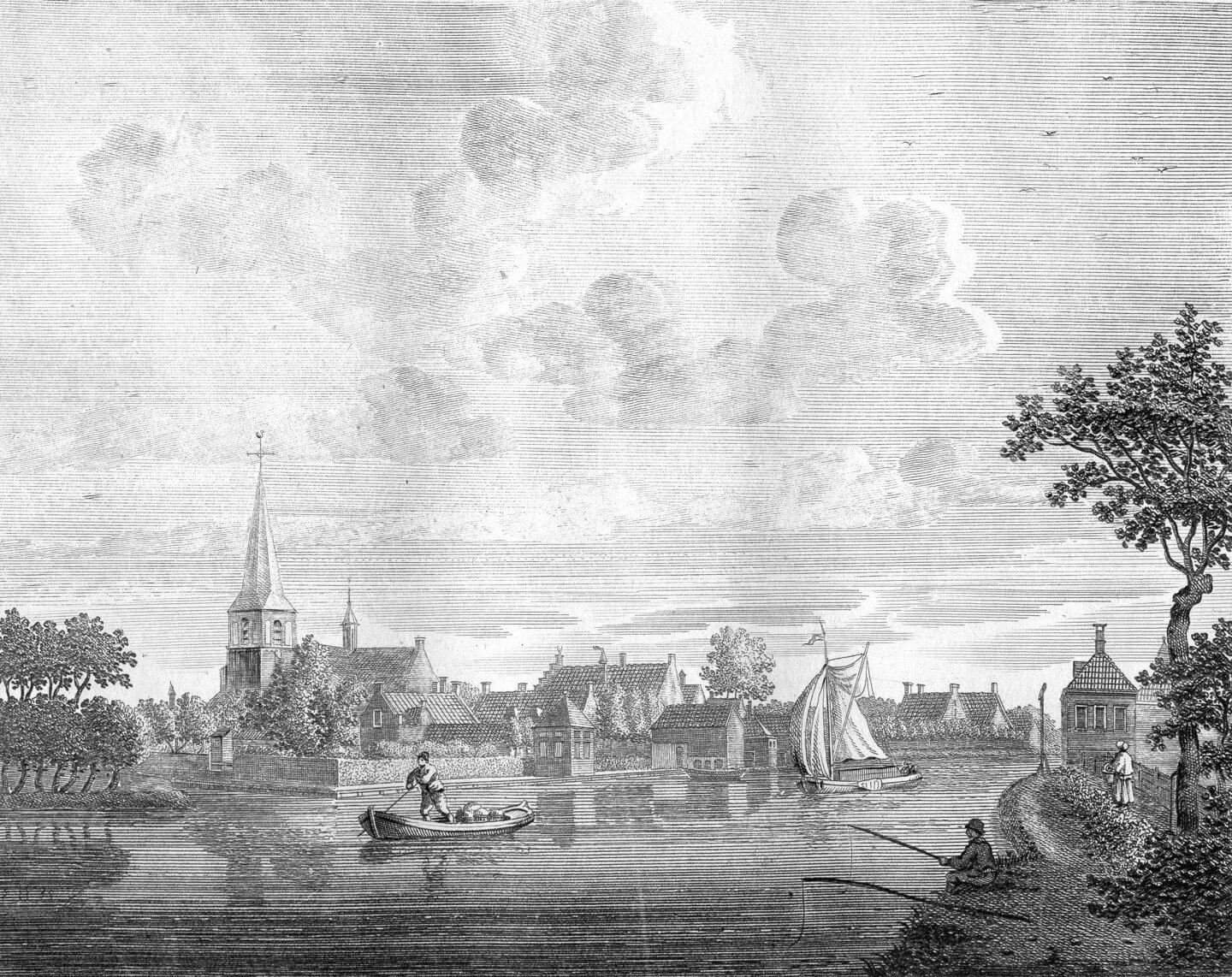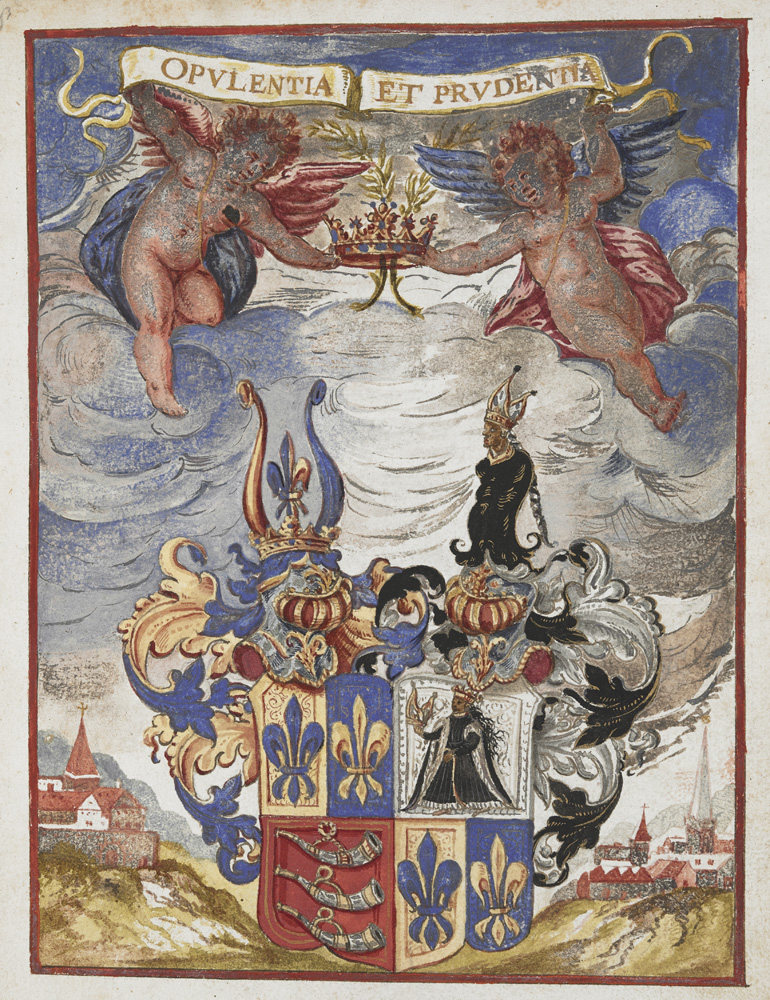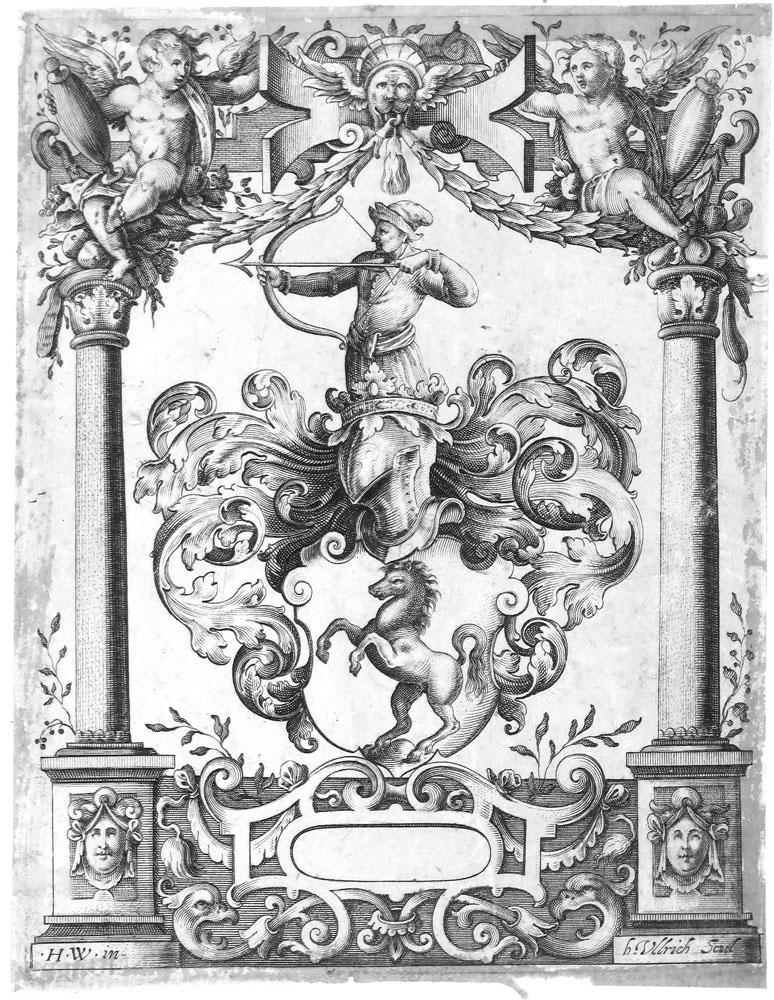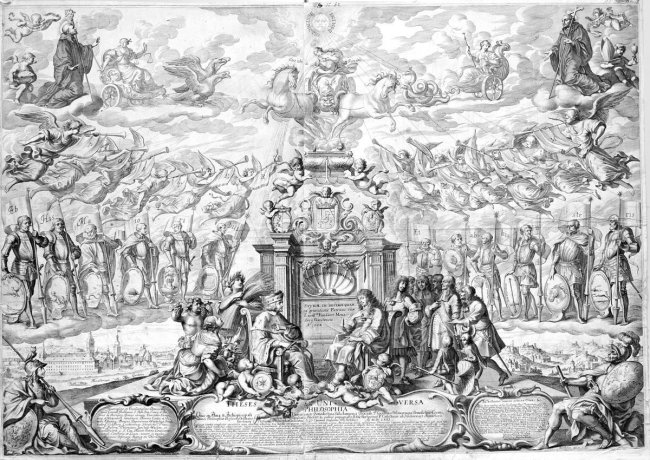The volumes III and IV of our expected seven volume catalogue on Dominicus Custos have been published.
Dominicus Custos was born into a family of artists around 1560. His grandfather Balthasar Custodis was a sculptor, his father Pieter and his uncle Melchior were both painters. Pieter's name was Custos, Custodis, de Costere, or he carried - as is customary in the Netherlands - his father's abbreviated first name, i.e. Baltens as a second name. The latter was mainly known as a painter, but also worked as an engraver and publisher.
Dominicus Custos grew up with nine brothers and sisters and was probably trained as an engraver in his father's workshop from an early age. After finishing his apprenticeship, he left at the age of about 21, presumably to go on an educational trip. According to the current prevailing opinion, he settled in Augsburg towards the end of the 1570s, where he built up an internationally renowned workshop with an attached publishing house over the years.
In the course of research for this volume, however, a completely different picture emerged. Custos created his first known work in Innsbruck for Ferdinand II of Tyrol, who, as an enthusiastic collector of art and curiosities, assembled, among other things, an extensive historical collection of weapons and armor of famous men of the 15th and 16th centuries. Ferdinand decided to publish this collection in a large-scale printed work entitled "Armamentarium Heroicum" for which he chose Dominicus Custos as his engraver. In 1682 the first engraving was made, the frontispiece, produced by Custos after a design by the Innsbruck court painter Giovanni Battista Fontana. Having made this first documented print Custos probably went to Padua and Venice for about two years, and together with Fontana also to Trento, a town which was then governed by Tyrolia and Venice as a condominium. The second known work by Custos, the portrait of Christophorus Ferriolus shown here, was published in Venice in 1584. The portrait is part of a congratulatory sheet on the successful completion of the study of medicine at the University of Padua. The dedication text was written by Georg Rem, a member of the prosperous and internationally connected trading house Rem in Augsburg.
Compiler: Jörg Diefenbacher
Editor: Eckhard Leuschner




